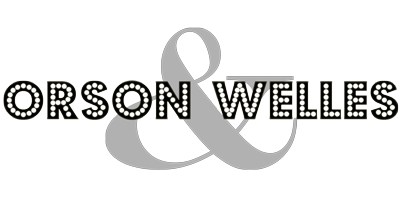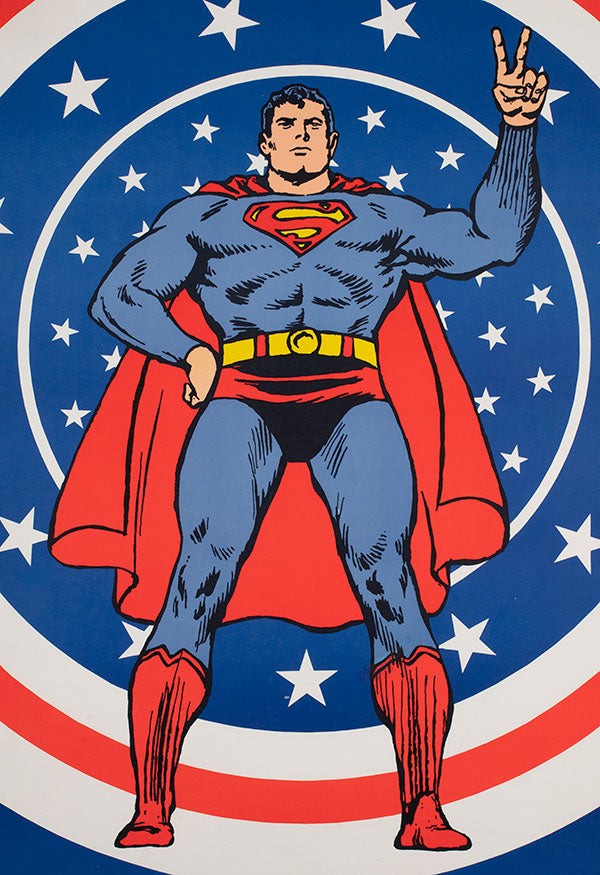Your Cart is Empty
All You Need Is Art – Vintage Beatles Posters That Sing
Explore how vintage Beatles posters capture the band’s evolution — from the energy of Beatlemania to the vivid psychedelia of the late 1960s and the introspective farewell of the 1970s.
The Fab Four
Formed in Liverpool in 1960, The Beatles — John Lennon, Paul McCartney, George Harrison, and Ringo Starr — transformed popular music and modern culture. From their early rock ’n’ roll roots to the experimental brilliance of Sgt. Pepper’s Lonely Hearts Club Band and Abbey Road, their creativity shaped an entire generation.
Just as their music evolved, so too did their visual identity. From the clean-cut charm of A Hard Day’s Night to the kaleidoscopic psychedelia of Yellow Submarine and the minimalist honesty of Let It Be, each era inspired striking poster art that mirrored the band’s changing spirit — making Beatles posters as artistically significant as the music itself.
A Hard Day’s Night (1964) – The Beginning of Beatlemania on Film

Directed by Richard Lester, A Hard Day’s Night was The Beatles’ cinematic debut — part mockumentary, part musical, and entirely revolutionary. Shot in a kinetic, black-and-white style inspired by the French New Wave, it captured the exuberant chaos of Beatlemania at its height. Critics often call it one of the greatest rock films ever made.
The U.S. one-sheet poster, designed by Joseph Caroff mirrored this energy perfectly. Surviving original posters are highly collectible, not only as movie memorabilia but as artifacts of cultural history — a snapshot of when everything was new, fresh, and loud.
Help! (1965) – Colour, Chaos, and a Global Phenomenon

Released just a year later, Help! saw The Beatles step into full-colour cinema — a surreal adventure film mixing spy parody, absurd comedy, and musical brilliance. The film’s jet-set tone, exotic locations, and outlandish humour reflected a world where the band had gone from local heroes to international icons.
The Danish one-sheet for Help! is particularly distinctive. Unlike the busier British or American posters, this version employs clean lines, strong contrast, and minimalist typography — qualities typical of mid-century Scandinavian design. Valued for its stylistic restraint and rarity, as smaller print runs in non-English markets often mean fewer surviving examples.
It’s a poster that bridges the innocence of early Beatlemania with the emerging sophistication of mid-’60s pop art — an essential piece for anyone tracing The Beatles’ visual evolution.
Yellow Submarine (1968) – Pop Art Meets Psychedelia

By 1968, The Beatles had transcended pop stardom — they were icons of an entire cultural revolution. Yellow Submarine, their animated masterpiece, embodied the late-’60s psychedelic era. Artist Heinz Edelmann created a bold, hallucinatory world full of surreal landscapes and vivid colour palettes that defined the film’s visual identity.
The UK Quad Advance poster, with its stylised cartoon likenesses and bold blocks of colour, perfectly encapsulates Edelmann’s whimsical vision. It remains one of the most recognisable pieces of Beatles artwork ever produced. Original prints, especially those in good condition, are increasingly difficult to find — their appeal extending beyond Beatles collectors to art enthusiasts and graphic designers alike.
The Capitol Records promo poster, meanwhile, was distributed to promote the film’s soundtrack in the United States. Slightly different in layout and text, it has become a favourite among collectors for its vibrant saturation and pop-art sensibility.

Let It Be (1970) – The End of an Era

By the time Let It Be premiered in 1970, The Beatles were no longer the wide-eyed quartet who had charmed audiences six years earlier. The documentary film chronicled the band’s tense final recording sessions, culminating in the legendary rooftop concert — their last live performance together.
The UK Quad poster reflects that tone: stripped back, introspective, and honest. The design focuses on close-up portraits of each member, echoing the idea of separation and individuality within the group. There’s a poignant simplicity to it — a design that quietly acknowledges the end of an era.
Collectors treasure this poster not only for its rarity but for what it represents: the closing chapter of the most influential band in history, captured in stark honesty and elegant restraint.
Spotlight: Richard Avedon’s Psychedelic Look Magazine Prints (1967)

Between Help! and Yellow Submarine, The Beatles underwent a creative metamorphosis. Photographer Richard Avedon captured this transformation in his 1967 series for Look magazine — four psychedelic portraits that distilled the essence of the “Summer of Love.”
Using solarisation techniques, vivid overlays, and bold graphic elements, Avedon turned familiar faces into visionary pop icons. Each portrait mirrored the era’s spiritual awakening: John as the dreamer, Paul as the romantic, George as the mystic, and Ringo as the playful observer.
Released as offset lithographs, the Avedon prints were distributed internationally through Look magazine in the United States, Stern magazine in Germany, The Deaily Express in the UK and Varagids in Holland. The Look Magazine ones being the largest, rarest and most collectible of any series. Today, they are among the most coveted Beatles art pieces, bridging the gap between fine art and pop culture — timeless, iconic, and unmistakably 1960s.
Why Beatles Posters Are So Collectible
Beatles posters are more than marketing materials — they’re art pieces that trace the evolution of a cultural phenomenon. From the crisp monochrome of A Hard Day’s Night to the Technicolor wonderland of Yellow Submarine, they encapsulate the band’s journey and the artistic movements that surrounded them.
Loved for not only for their rarity but for their connection to a moment in time — the 1960s, when music, film, and art collided in revolutionary ways. Properly preserved and framed, these posters remain both visually striking and historically significant.
Whether displayed in a modern home, gallery wall, or music room, they continue to resonate — timeless reminders of how four young men from Liverpool changed the world, one song (and one poster) at a time.



